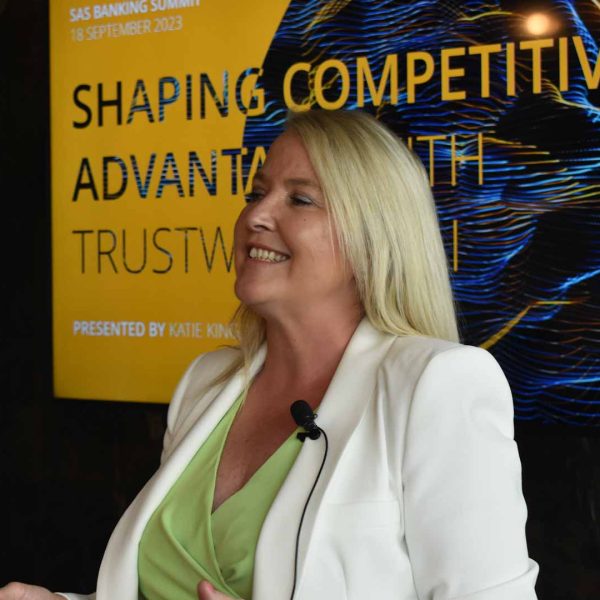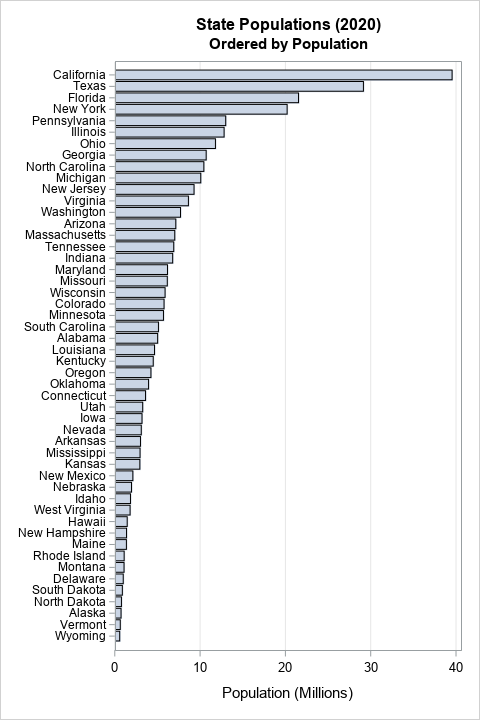All Posts

Katie King has interviewed subjects from many walks of business life for her books: academics, venture capitalists, executives from high-profile brands and telecommunications companies. Among them, one that made a lasting impression was an artist: Ai-Da. King interviewed the artificial intelligence-powered humanoid robot artist for her 2022 book AI Strategy

Can we use Computer Vision (CV) to recognize the identity of over 500 Galapagos sea turtles by using just an image? This was the question asked of SAS by researchers at the Galapagos Science Center (GSC), a joint partnership between the University of North Carolina at Chapel Hill’s (UNC) Center for

Over the last year, generative AI has captivated the public imagination. Many of us have become newly acquainted with the concept of an approaching Singularity coined by John von Neumann or Nick Bostrom’s Paper Clip thought experiment. Fortunately, Microsoft’s office assistant, Clippy, has yet to dutifully transform our planet into

From Service to Software, and Back Again At SAS, he’s known as “DJ Mobelizer” or “The DJ”, but the man behind the music at SAS events, is none other than Sean Mobley, SAS Software Development Engineer in Test, and Captain in the US Army Reserve. This is Sean’s story about

Cloud computing has become the backbone of countless industries, helping organizations use the power of analytics, machine learning and AI for insights and innovation. However, the rapid expansion of cloud computing made the cloud develop a significant carbon footprint. To put this into context, cloud computing has been calculated to be

It’s easy to get overwhelmed by an onslaught of customer data. With so many data points, organizations need to find and effectively utilize the insights that help them better serve their customers. AI has only increased the stakes, creating more pressure to develop delightful customer experiences, build operational efficiencies and

In part 1 of this series, we examined our data before building any models. Among the discoveries were missing values in some of our columns. Missing values are an inevitable part of data analysis. Whether it's due to a faulty sensor, human error, or simply the absence of information, missing

More than spreadsheets and formulas, data analytics combines technology, creativity and strategic thinking to help diverse industries make innovative discoveries and leave an impact where it matters most. Even historically, non-technical industries like agriculture, for instance, are tapping into data management and visualization to predict and reduce their carbon footprint

(image from medlineplus.gov) Over the last five or ten years there has been a huge increase in the amount of research looking at mitochondria and the role these little engines play in our overall health. Mitochondria are small structures inside our cells that convert food and oxygen into energy in

Converting a program from one language to another can be a challenge. Even if the languages share many features, there is often syntax that is valid in one language that is not valid in another. Recently, a SAS programmer was converting a program from R to SAS IML. He reached

If you visit SAS’ Headquarters campus on a sunny day during lunchtime, you’re likely to see a flurry of activity – employees walking to cafes, sneaking in a midday run on the trails, or just catching a breath of fresh air. You’re also likely to see another sight, albeit less

Medicaid program integrity, in simple terms, is a program that ensures that the funds allocated for Medicaid are used appropriately, that patients receive the care they deserve and that resources aren’t mishandled. But consider this staggering fact: In 2020, the Centers for Medicare and Medicaid Services (CMS) reported that Medicaid

Many organisations that have invested in customer data platforms (CDPs) face new challenges that demand innovative solutions. As businesses strive to optimise their marketing efforts, they meet hurdles such as rising costs, limitations on channel integration, and the inability to empower marketers to deliver advanced segmentation. In conversations with customers,

Howard Wainer, who used to write the "Visual Revelations" column in Chance magazine, often reminded his readers that "we are almost never interested in seeing Alabama first" (2005, Graphic Discovery, p. 72). His comment is a reminder that when we plot data for a large number of categories (states, countries,

Stu Bradley discusses the importance of education, diligence and analytics in the fight against fraud.













